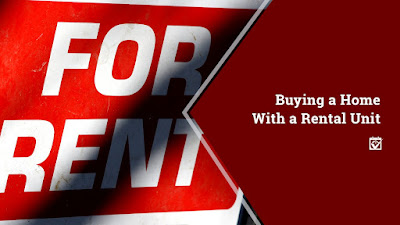What Is Matter?
Smart home devices give homeowners a lot of control over the way that their homes function, allowing things like lighting control, home security, and even home automation to be as simple as interacting with an app or using voice controls. Depending on the devices used, you can save money and gain greater peace of mind while also having a bit of fun with your home. One thing that isn’t fun, though, is all the work that is sometimes required to set everything up and get it all working together on the same network.
The problem is that there are a number of different manufacturers of smart devices, and until recently, they have largely created their own ecosystems. Sure, they all work with Alexa or Google Home, but in order to set them up you have to use the manufacturer’s preferred app and do everything the way that the specific manufacturer wants it done. This can be confusing and frustrating, especially if you have to make changes down the line. This may be changing soon, though.
Enter Matter
You may have heard reference to “Matter” in connection to smart home devices recently, but maybe you don’t know exactly what it is or what it does. What exactly is Matter and why does it matter? Simply put, Matter is a new universal standard for smart home devices that intends to simplify both setup and maintenance of your smart home.
Basically, Matter is a set of guidelines that smart home devices will have to meet in order to become certified as Matter-compatible. It was created by the Connectivity Standards Alliance, a group of companies and industry members that work on development profiles and application standards that manufacturers can follow to make sure that their devices are compatible with anything else that meets connectivity requirements. Now that the Matter standard is finalized, manufacturers have specific targets to work toward to ensure that their products are all compatible with each other out of the box.
How Will Matter Help?
The biggest headache with home automation in the past has been different devices not always wanting to work well together. This makes creating routines more difficult, and in some cases required homeowners to use third-party platforms or hacky workarounds just to get something close to what they wanted from their devices. Matter will help to make these incompatibilities a thing of the past.
Because everything that’s Matter certified will meet the same operational standards, the compatibility of devices from different manufacturers should be nearly universal. Homeowners won’t have to spend extra to make sure that all of their products are from the same manufacturer or spend time researching just to find the devices they need that use an app they already have installed. Matter-certified devices will work together flawlessly regardless of who makes them.
This isn’t the only benefit to Matter, either. One other problem in the past has been that not all devices were compatible with every digital assistant, so there were cases of things working well for Alexa or Google Home but not for Siri, or working well with Apple products but not Google. Because major companies like Google, Amazon, and Apple all support the standard, though, you won’t even have to worry about whether the device you’re buying is compatible with your preferred digital assistant. All Matter-certified devices should work with any ecosystem you prefer.
Getting Matter
Some Matter-certified devices are already rolling out to stores, and more will be on the way soon. Anything that meets the Matter standard will be labeled as such, and in time it will probably be harder to find non-compliant devices than those that support the new standard. For now, it’s a matter of keeping your eyes peeled to find those that are labeled as Matter certified.
Fortunately, HomeKeepr can help with this. We can help you find smart home installers in your area that should know exactly what Matter-certified devices are available and offer you professional installation and configuration as well. Creating a HomeKeepr account is free, so sign up today to get started with your Matter-compatible smart home.





